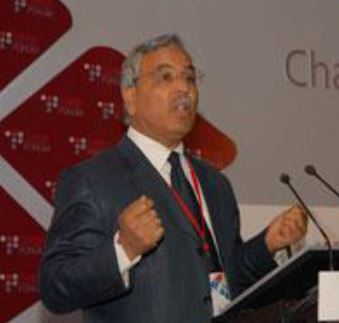 Zürich, le 16 décembre, La confiance des grandes entreprises japonaises a atteint son meilleur niveau depuis six ans sur les trois mois à fin décembre, en hausse pour le quatrième trimestre consécutif, selon l’enquête Tankan de la Banque du Japon publiée lundi.
Zürich, le 16 décembre, La confiance des grandes entreprises japonaises a atteint son meilleur niveau depuis six ans sur les trois mois à fin décembre, en hausse pour le quatrième trimestre consécutif, selon l’enquête Tankan de la Banque du Japon publiée lundi.
L’embellie ne concerne plus seulement les grandes entreprises mais également le secteur de services et les PME, qui jusque-là étaient en retrait.
L’indice de confiance des grandes entreprises a atteint +16, en hausse de quatre points et à son meilleur niveau depuis le trimestre à décembre 2007, dépassant le consensus des économistes qui était à +15.
Les entreprises ont bénéficié tout à la fois d’une demande robuste sur le marché intérieur et de la dépréciation du yen qui favorise leurs exportations.
Dans le secteur des services, la confiance s’est aussi améliorée grâce à une augmentation de la demande à l’approche de la hausse de la TVA programmée pour le 1er avril.
L’indice des grandes entreprises non manufacturières a progressé de six points à +20, là aussi un point au-dessus des attentes et un plus haut depuis décembre 2007.
LES PME REPRENNENT ENFIN CONFIANCE
“Les chiffres du secteur des services sont spécialement bons et montrent que l’optimisme d’abord confiné aux exportateurs commence à se diffuser dans le reste de l’économie”, observe Hideo Kumano, chef économiste chez Dai-ichi Life Research Institute à Tokyo. L’indice de confiance des petites entreprises est, lui, devenu positif pour la première fois depuis 1992. Les indices de confiance du Tankan sont calculés en soustrayant le pourcentage de réponses négatives du total de réponses positives. Un solde positif signifie que les optimistes sont plus nombreux que les pessimistes. L’enquête trimestrielle montre en revanche une révision à la baisse des prévisions d’investissement des grandes entreprises. Elles prévoient à présent d’augmenter de 4,6% leurs investissements sur l’exercice clos en mars 2014, au lieu de +5,1% projeté en septembre. Les économistes tablaient en moyenne sur +5,5%. Les grandes entreprises manufacturières ont revu en hausse leur projection pour la parité dollar/yen, désormais attendue à 96,78 en moyenne sur l’exercice clos en mars au lieu de 94,45 il y a trois mois. Cette prévision reste conservatrice sachant que le dollar évolue actuellement autour de 103 yens.
Au total, le Tankan conforte le scénario d’une reprise modérée de la troisième économie mondiale, ce qui selon les économistes laisse prévoir un statu quo de la Banque du Japon lors de ses réunions monétaires des 19-20 décembre et de janvier. Ils sont nombreux toutefois à ne pas exclure un geste de la banque centrale en avril, quand la consommation des ménages subira le secouement de l’impact de la hausse de la TVA. /RLU









